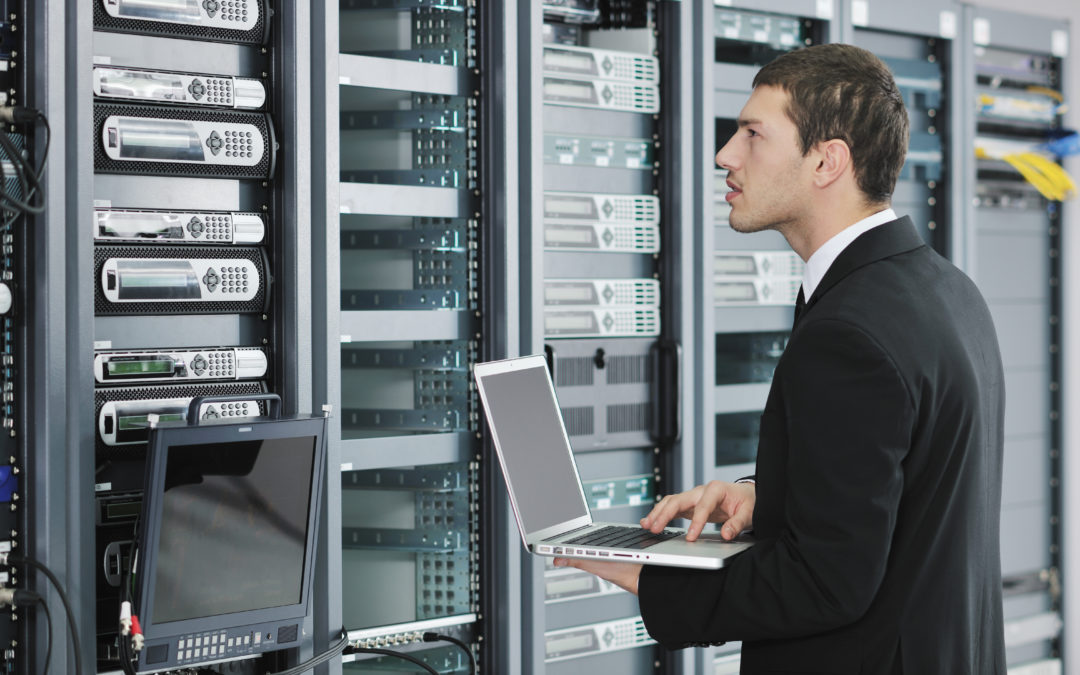3:30 min read |
Firewalls, routers, and switches play a critical role in network security. How well they succeed depends on the level of attention administrators pay to their configuration. CIS Control #11 addresses the need to configure network devices carefully and avoid mistakes that could let intruders in.
Remember that it’s not just the network perimeter that needs protection! Every switch and access point in the network needs to stay secure. It may take some initial effort to do this but keeping them secure is not too difficult as long as there are procedures in place and they are followed routinely. Software automation can also be used to keep the task manageable.
Maintain accountability
Most of the measures described in this control can be summarized as always providing accountability for the configuration and maintenance of network devices. It should always be possible for administrators to find out what the device configurations are, what has been changed, by whom, and why. This should be managed as part of a change/configuration management process that is used throughout the enterprise.
Configure all devices securely
Although every network device needs individualized configuration, there is a known pattern to the configuration process, and the default setup in most systems is geared more towards convenience than security. A strong configuration changes the administrative account name, implements two-factor authentication, and disables all unnecessary services. In particular, all command-line access should be via SSH V2, with Telnet disabled. Administrative access to the devices should only be permitted from within the network environment; access from the Internet should be disabled prior to implementation.
A configuration management process should be established and used to record secure configurations for each device. Along with keeping track of the standard secure configuration, this enables network administrators to run periodic comparisons of the current state against the recorded standard to ensure consistency of configs and allow audits against the change management process. Automation tools are valuable for checking all network devices regularly and reporting any discrepancies.
Sometimes it’s necessary to make exceptions for specific business purposes, such as allowing a port which isn’t normally open. The first step in doing this should be a risk assessment, weighing the loss of security against the need to get something done. When the need for it is over, administrators should revoke it. These temporary changes should be tracked in an open service desk or change management ticket to ensure they are returned to normal and not forgotten.
Keep patches up to date
It may seem obvious that all network devices should have the latest security patches, but the practice can be complicated: patching a router or firewall usually requires at least a little downtime, and there’s a risk that it won’t come back up properly. Updated devices will also need testing afterwards to make sure their functionality hasn’t changed.
Every patch which becomes available should be evaluated for its importance and its impact on the network. It may be safe to skip over one which just improves performance, but a patch which includes serious vulnerability fixes needs to be installed as quickly as is consistent with good management and your organization’s policies.
Automated testing will let the IT department know quickly if there are any problems with the patch. If there are, they can work on fixing the problem or fail over to another device.
Limit administrative access
The control recommends isolating administrative access from normal network usage as much as possible. Ideally, just one machine should handle all administrative tasks. This system should function primarily as a console, with limited domain rights and with Internet access restricted to select vendor support sites if at all possible.
The goal is to limit the opportunities to compromise the admin system. If the only way to change the device settings is from one specific system or subnet, unauthorized attempts will be very difficult to accomplish. Using just one machine also simplifies logging and accountability.
The network ought to be segmented so that other machines can’t access the administrative computer. A VLAN within the business network will let the administrative machine communicate with the network devices but not have any direct connection with the business portion of the network. Another approach is to have a separate network interface controller for the admin machine.

